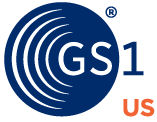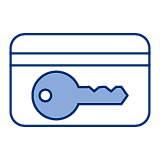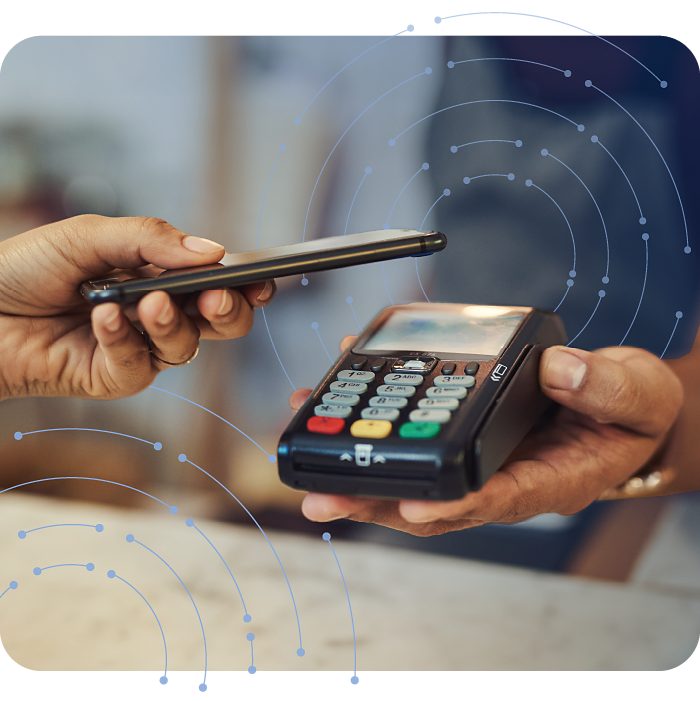Wireless data transfer is the future of securely sharing information, tracking assets, and more. The capabilities of Near-Field Communications (NFC) and Radio Frequency Identification (RFID) have barely started scratching the surface across industries like fleet management, commerce, and others. But when considering NFC versus RFID, do you know which is right for you? Do you know the difference between RFID and NFC? The differences aren’t as complicated as you might think, so we’ll highlight some, as well as practical industry uses.
When it comes down to it, NFC is a type of RFID. So, while all NFC is considered RFID, not all RFID is NFC. Let’s compare the two, side by side, to better understand where they overlap and what makes them different.









